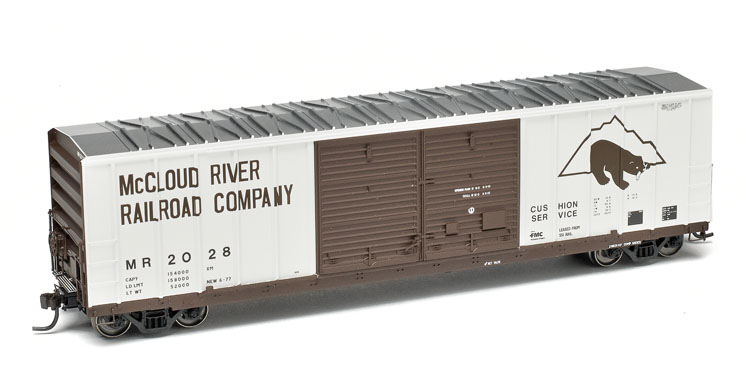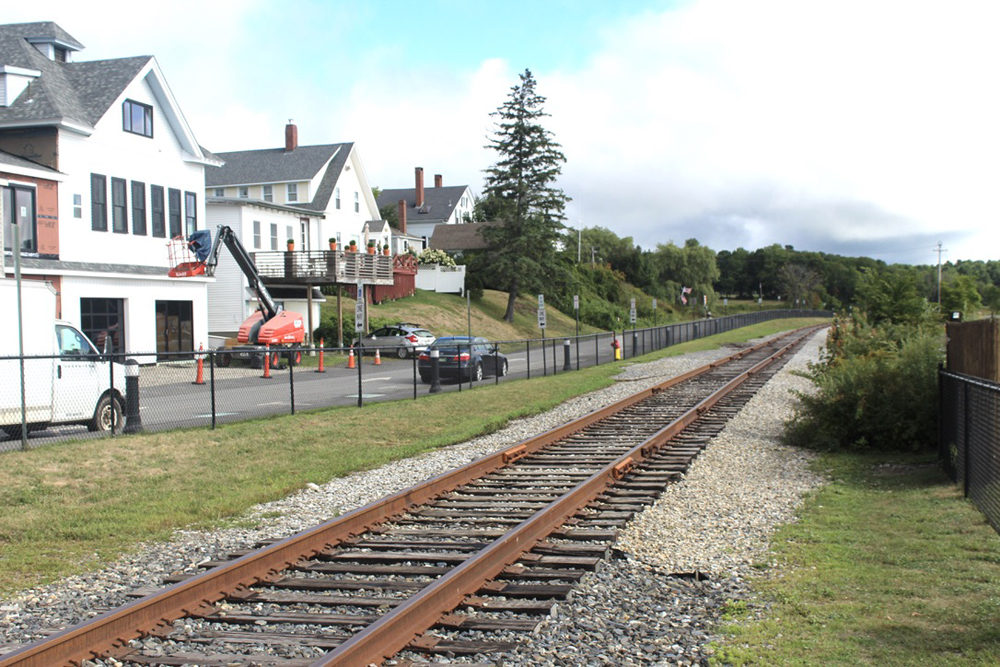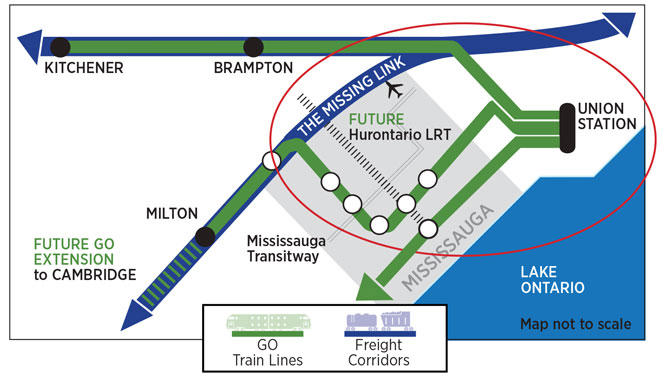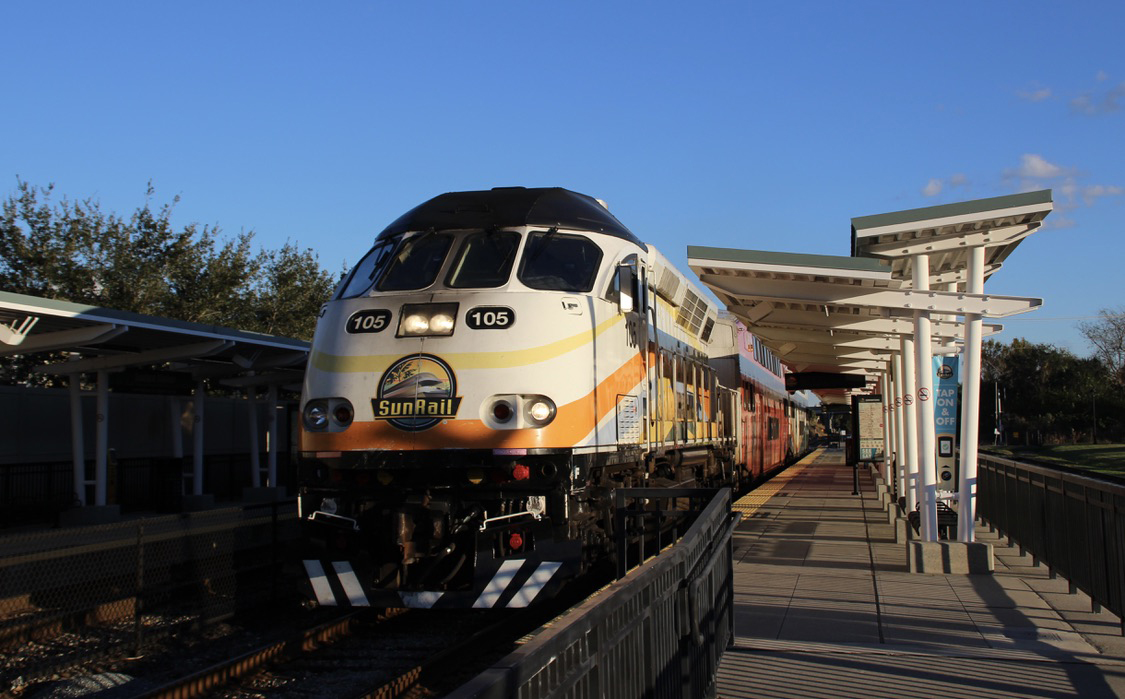FMC built two versions of the 5077 double-door boxcar at its Portland, Ore., plant. One version had offset doors, while the other had centered doors. The former had 13 exterior posts (five to the left and eight to the right of the door opening), while the latter had 12 posts (six on each side of the openings). Atlas offers both versions.
Other spotting features include an X-panel roof that’s flush with the car sides, a U-shaped arrangement of fasteners where the bolsters connect to the sill, and 3/3 (two-panel) corrugated ends.
Atlas’ FMC double-door car uses similar construction techniques as the single-door car I reviewed in the July 2013 Model Railroader. The car has separately applied doors, standoffs for the bottom door tracks, and freestanding plastic stirrup steps.
Not to be overlooked is the highly detailed underbody. Some of its features include molded crossties and a separate center sill casting with crossbearer detail. Other highlights are freestanding brake hardware (air reservoir, control valve, and brake cylinder); support brackets for the brake and dead levers; and plastic brake rods.
The model’s truck centers and distance over the strikers matches drawings published in The Car and Locomotive Cyclopedia (Simmons-Boardman, 1980). The distance over the pulling faces of the Accumate scale couplers was a scale foot short with the factory-installed draft-gear boxes.
Atlas includes a separate bolster/draft-gear box assembly for Kadee whisker couplers. The conversion kit includes end-of-car cushioning units and brass uncoupling levers. A placement guide for the parts is included.
I reviewed a model decorated for the McCloud River RR Co., which leased 400 boxcars (nos. 2000 through 2399) from SSI Rail. The white paint is opaque and evenly applied (not an easy task with a light color), and the color-separation lines are crisp. All of the lettering is legible, and there are very few voids where the lettering and herald wrap around the exterior posts.
The lettering placement on the model matches a prototype photo of a boxcar from the 400-car series published in the August 2000 issue of RailModel Journal, though the Automatic Car Identification plates were omitted. The ACI plates could be added with a decal. Microscale Industries (www.microscale.com) sells HO scale ACI plate decals in its set no. MC-4280. The two 8-foot-wide doors are centered on the car side, as they were on the prototype.
Atlas has done an excellent job on the FMC 5,077-cubic-foot-capacity boxcar. From top to bottom, it’s an accurate re-creation of its prototype. Examples of these cars can still be found on railroads today, though many have been restenciled (or in some cases repainted) for their new owners.
Manufacturer
Atlas Model Railroad Co.
378 Florence Ave.
Hillside, NJ 07205
www.atlasrr.com
Era: 1976 to present
Road names: City of Prineville (offset doors); McCloud River (centered doors); Texas, Oklahoma & Eastern (offset); and Western Pacific (centered). Four road numbers per scheme. Undecorated models of both versions
also available
Features
- Accumate scale knuckle couplers mounted at correct height (though trip pins are too low)
- Correctly gauged 33″ metal wheelsets on plastic axles
- Weight: 4.7 ounces (0.1 ounce too light per National Model Railroad Association recommended practice 20.1)














